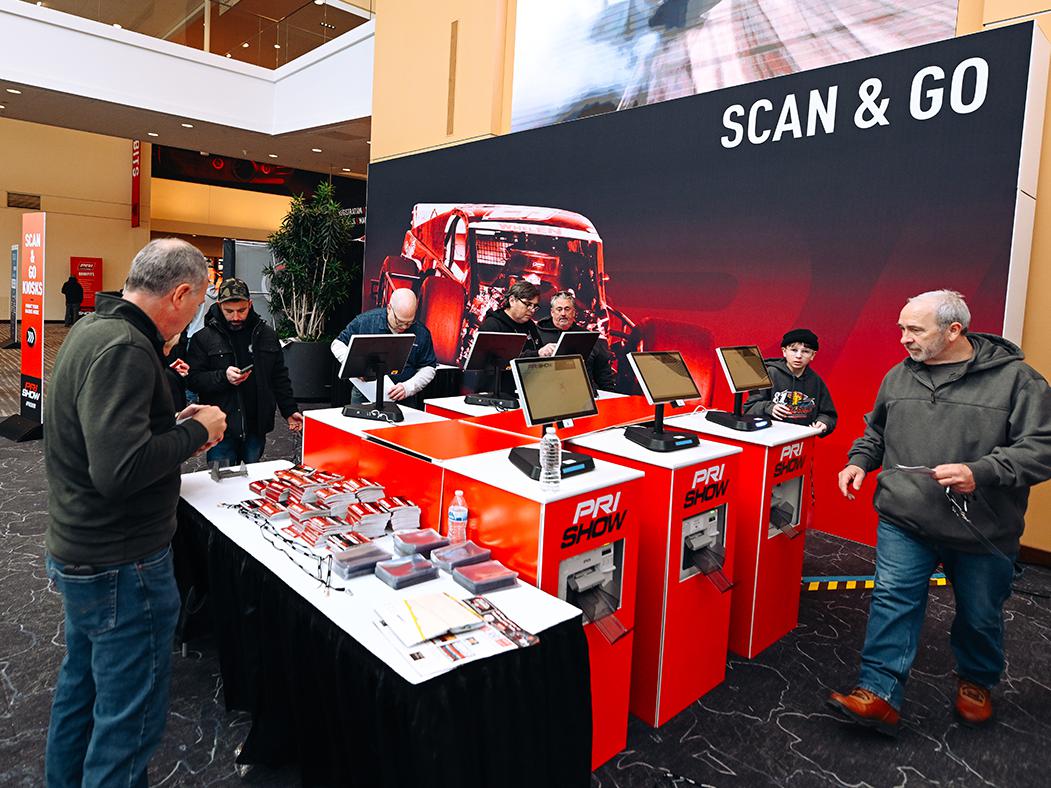Money Machines
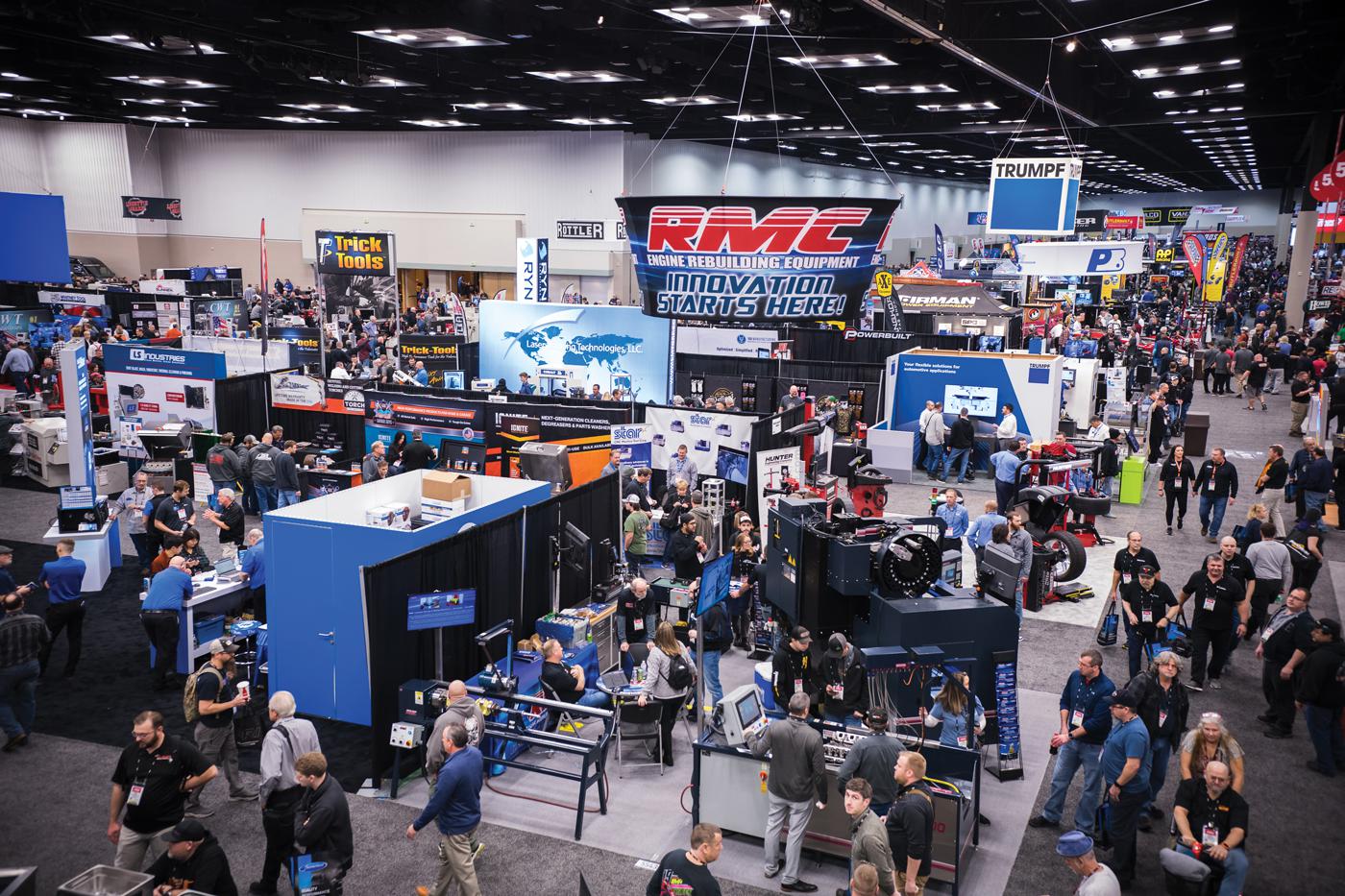
Technology never sleeps in the motorsports industry, and a timely investment in new machinery can pay big dividends. Walk down the aisles of Machinery Row at next month’s PRI Show to investigate whICH machine could add to your bottom line.
Investing in new machinery is not a step taken lightly in the motorsports industry. Quality machinery is a necessity when it comes to manufacturing components, but factoring in costs, lead times, installation details, and employee training requires serious homework ahead of time. Those considerations make Machinery Row at the PRI Show one of the most popular destinations, as attendees can get a hands-on introduction to the latest technology as well as talk to the manufacturers themselves (more on Machinery Row later).
We spoke with a number of sources that had made recent machinery purchases to delve into their thinking on what they purchased, why they selected particular machines, and what advice they could offer to other businesses that are about to take the plunge and commit major funding to machinery purchases.
For QA1, a manufacturer of high-performance suspension and driveline parts in Lakeville, Minnesota, machinery purchases are based on a number of factors. “It’s all based on an expected ROI, but some typical considerations include age and repair frequency of existing equipment, efficiency improvement of new equipment versus old methods, technology advancements with new equipment, capabilities we need to advance our design sophistication, and need for increased capacity,” said Mark Sullivan. “There’s no set schedule, and we purchase as we see justified opportunities. However, we probably average at least one new significant purchase a year.”
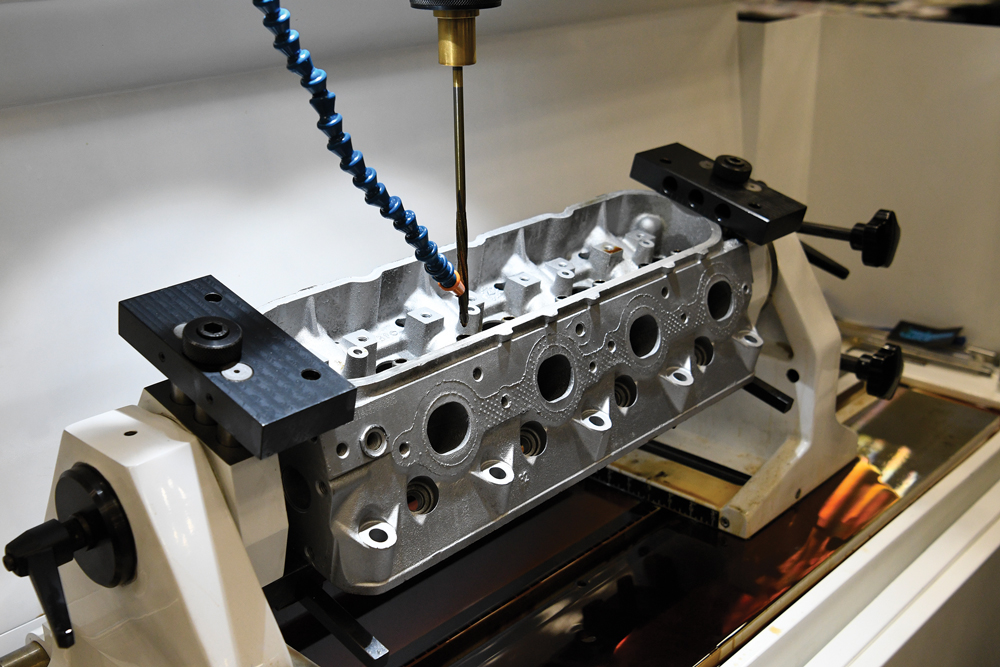
Advancing technology is going to put even more capabilities into the hands of independent businesses in the near future, as well as raise expectations. “If you bring in the right manufacturing capabilities, you can successfully invest in your staff and machinery to increase productivity and create a superior product at the same time,” said Ken Wible, owner of S&W Performance Group, a manufacturer of racing chassis and components in Spring City, Pennsylvania. “A lot of the technology that’s out there today, in my opinion, used for higher-end fabrication, really hasn’t trickled down to the smaller businesses yet. It’s still expensive, but now that it’s available, I think that what we’re going to see over the next five years is a lot of these companies are going to have to do that because that’s what the consumer is expecting.”
New Buys
Our sources reported that their recent machinery purchases resulted in some very specific and measurable benefits to productivity and the bottom line. “One of our newer purchases was a Mill/Turn CNC with 12-foot bar feed capability,” QA1’s Sullivan said. “We selected this system for its ability to run our shock bodies 24/7 with very little operator intervention and minimal time wasted for bar changes. We’re maximizing material and chip-to-chip time. This equipment allows our machinists to focus on setups and more complex projects while shock bodies run unattended for hours. We’re minimizing labor content and have dramatically increased throughput.”
For Isky Racing Cams in Gardena, California, working directly with the manufacturer paid solid dividends. “Our latest purchases have been Landis LT1 cam grinders. Landis cam grinders are by far the most advanced and accurate grinders made,” said Isky’s Nolan Jamora. “We chose the Hydrostatic options for them because of the speed and accuracy, which is unparalleled in the industry. We visited the factory in Maryland several times, and they were very collaborative in giving us what we asked for on the build specs as well as the custom software we requested. They also have a great training team they send out to train the employees, which is a huge benefit. The first machine alone allowed us to double production numbers. We are now not only able to grind double the cams but have much greater accuracy.”
Point One LLC, a precision parts manufacturer in Rogersville, Missouri, is a relatively young and rapidly expanding company and is currently purchasing new machinery almost every month, said Shannon Strother. “Almost all our machines are brand new in the last few years, but among our newest arrivals is a batch of five additional fully automated lathes from Takamaz,” he said. “We use these CNC lathes in all kinds of secondary operations for fasteners after forging. We’ve owned several of these machines for a couple of years, and when combined with bowl feeding equipment, we have found them to be a good value for us. They are not ultra-fast but are predictable in setup and throughput. It is rare for us not to have two or three of these machines running all the time.
“In this case, I think the largest benefit to the organization is both the quality of the output and the ability for one operator to run multiple machines at one time,” Strother said. “Due to the automation and the skillful setup process our team employs, one person can be setting up one cell while two or three other cells are in constant operation. This even includes frequent part inspections coming out of each cell.”
Planning Ahead
For companies on the brink of a machinery investment, it pays to look beyond the current year and keep an eye on the horizon, our sources advised.
“Focus on ROI and make sure to think of the parts the machine could be running in the future. Be careful not to purchase a machine that isn’t suited to the parts you will be running five years from now,” Sullivan said.
“Always go for the best quality machine the first time,” Jamora said. “Do your homework, decide on the complete build specs, and don’t be shy about asking for exactly what you need. Don’t be in a position where you feel forced to make a selection because of a timetable, and be sure to communicate fully with your build team.”
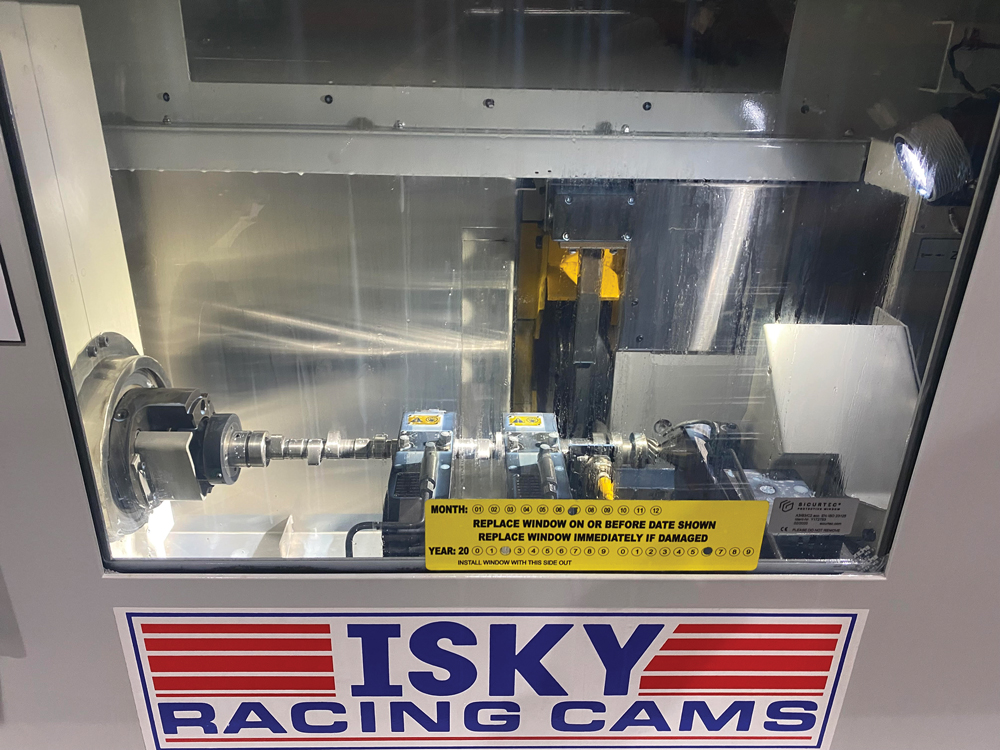
A machinery purchase often requires a 360-degree view of what is required before the equipment is even turned on for the first time. “Plan early,” Strother advised. “Be aware of all your options. Consider the whole package required to make your new investment ‘active.’ Be prepared for the risk of late delivery or having your needs change before the equipment arrives. Additionally, be sure to plan for your mechanical infrastructure like compressed air, electricity, cooling, etc. Make a plan for the rigger if needed, the accessories, fluids, and tooling needs well in advance, as those items can keep you from getting a return on your investment. Plan for the total cost and manhours it takes to get the machine from the truck into production. Sometimes writing the check might be the easy part. Someone on your team needs to own the project.”
That level of planning is crucial, as there are any number of things that can go wrong before a machine is fully functional and adding to profits. “There’s the downside of new machinery. You have to know what you’re getting into,” Wible said. “A lot of people are not aware of the weight, the complexity, of these machines. In my scenario, I’ll give you a perfect example. We hired a contractor to pour a machine bed. We had to have a 50x30-foot cement floor cut out of our existing shop. We had to pour it so it could keep the machine independent and keep it level, because if they move more than ten one-hundredths of an inch, it goes out of calibration, and now your machine’s down.
“We ordered a machine, it took 18 months to get it,” Wible continued. “We get it delivered, we start installing it, and sure enough, our contractor made the mistake of not prepping the bed properly and allowed the machine to get out of whack. Now I have a machine that we have a couple million dollars invested into that sat idle for four-and-a-half months as I’m waiting for a new pad to be rebuilt and cure.”
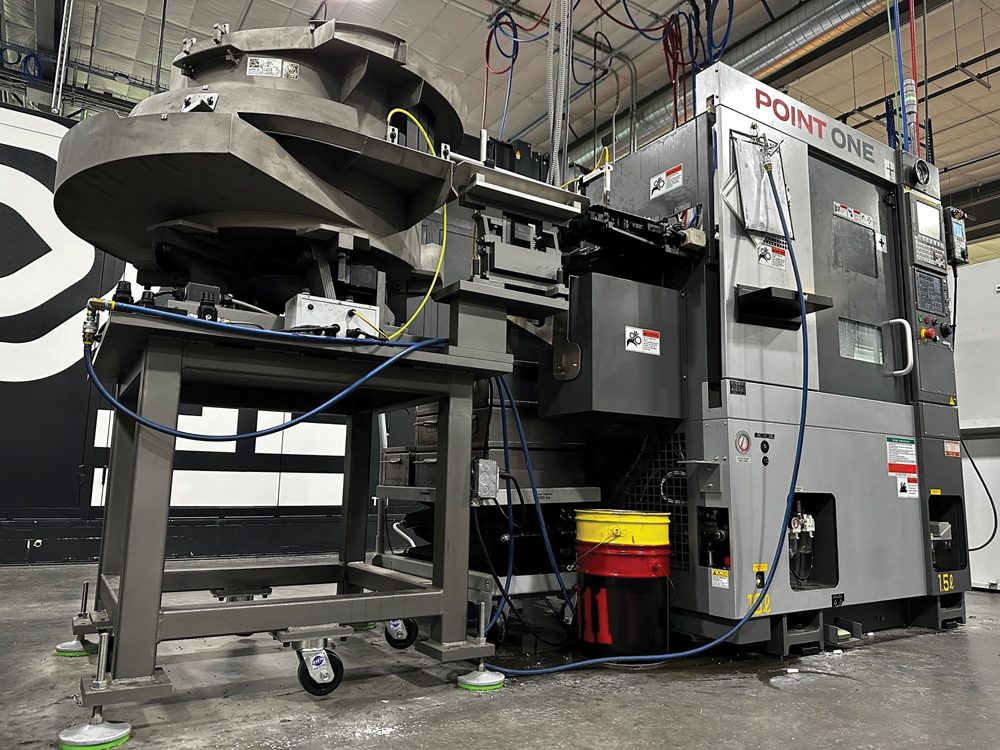
The issue of lead times in ordering should play a front-and-center role in the planning process, even in this post-pandemic market. “I’m guessing lots of manufacturers are seeing similar issues compared to our experience these past couple of years,” Strother said. “Our vendors know we are growing quickly and have generally kept in touch with us, but lead times have generally continued to go out, even recently. Everyone reports good demand but also the remaining persistence of supply chain and labor constraints. In our experience, many vendors are not delivering on time. Most of the quotes for new projects we are looking at right now are stating eight months to 14 months for delivery times.”
Machinery Row
Even for experienced hands at established shops, it can be difficult to envision all the capabilities and nuances of leading-edge machinery when viewed from afar. That has made Machinery Row one of the must-see exhibits at the PRI Show. Machinery Row features aisles and aisles of exhibitors displaying hundreds of different pieces of manufacturing equipment.
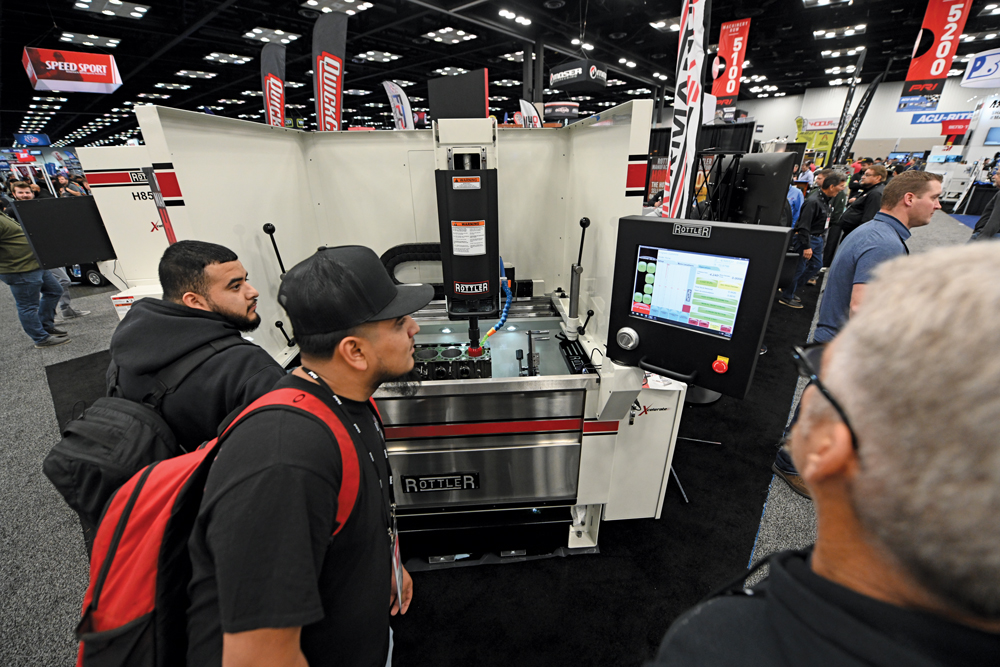
“We attend a variety of shows yearly to explore new technologies, but the convenience of walking out of our booth at PRI and within 15 seconds standing in the middle of a strong line-up of high-quality equipment makes it a unique experience,” Sullivan said. “Our engineers look forward to exploring Machinery Row every year.”
“We are usually so busy we are not able to get out and see machines in person,” Jamora recalled. “At last year’s PRI Show we were walking around and looking at the new machines on display, and I said to one of my guys, ‘I didn’t even know we needed that machine until I just looked at it!’ As with the rest of our racing industry, machining technology advances so fast that it’s hard to keep up with. What may have seemed like tip-of-the-spear technology only a few years ago has now been replaced with something that is faster, more accurate, and more economical in many cases. This can only help the bottom line.”
It’s hard to overstate the impact that well-chosen, up-to-date machinery can have for a company. One factor not always considered is that using the latest machinery can be attractive to prospective employees, not to mention customers.
“In the past, if someone wanted a roll cage for, say, a 1968 Nova, we had a roll cage that would fit their car,” Wible said. “But now, someone can come in and in a matter of 15 minutes I can have their car scanned, we can create a 3D model, we can draw to the 3D model, convert that mesh file into a CAD drawing, have the customer sign off on it, then import it into our machinery. An hour later, I have a custom-cut roll cage down to four one-thousandths of an inch. Before, that would have taken me two months to complete. I have it in an hour today. I would never have been able to do that before if I didn’t go down this path.”
SOURCES
Isky Racing Cams
iskycams.com
Point One LLC
p1mfg.com
QA1
qa1.net
S&W Performance Group
swracecars.com
 MEMBERSHIP LOGIN
MEMBERSHIP LOGIN JOIN PRI
JOIN PRI

